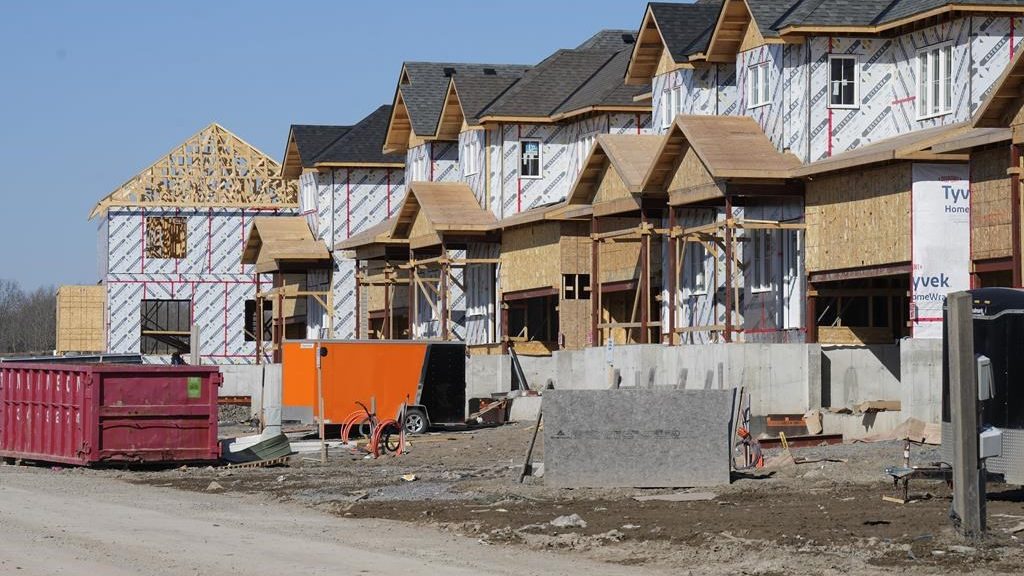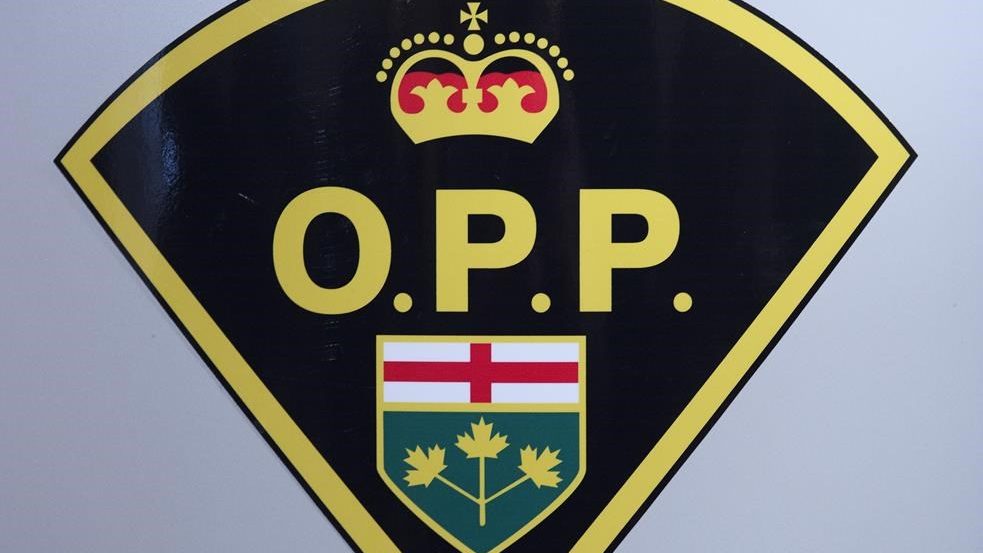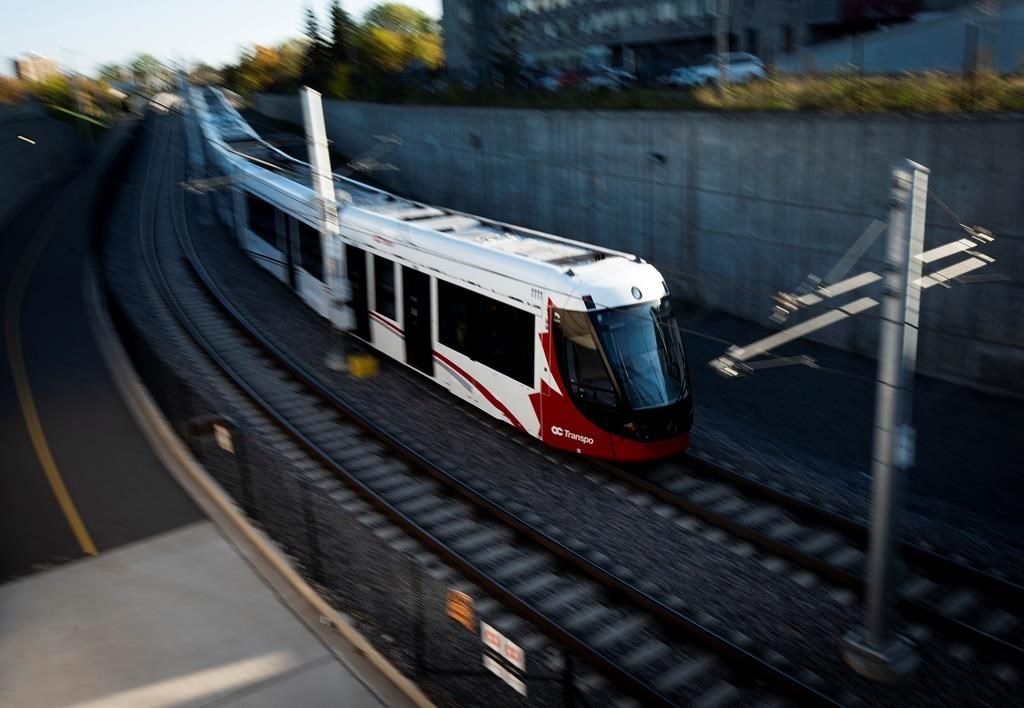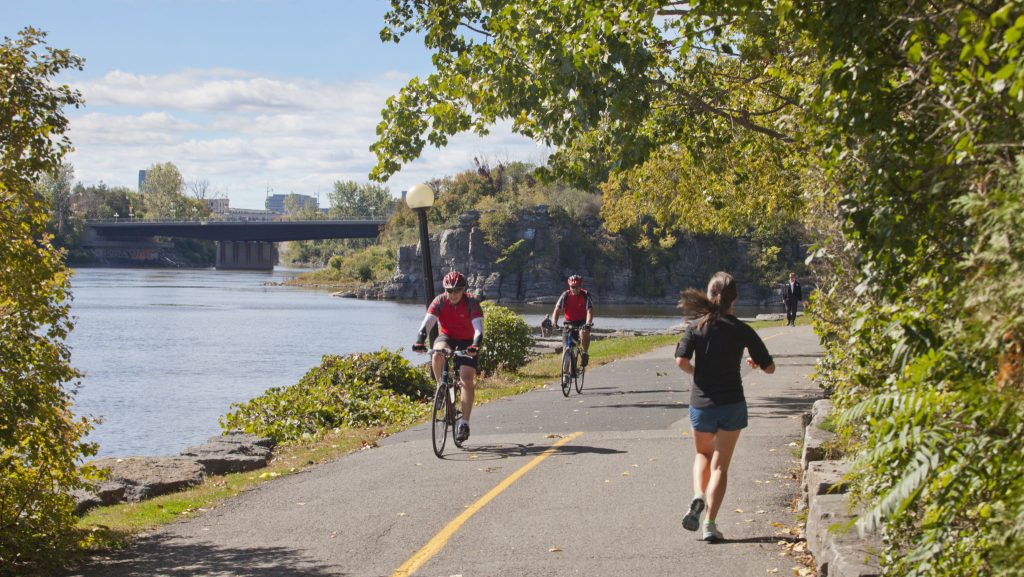How Doug Ford’s Highway 401 tunnel pitch could live in the shadow of Boston’s ‘Big Dig’
Posted Sep 25, 2024 09:10:10 PM.
As Ontario Premier Doug Ford appears to fully endorse the concept of building a tunnel under Highway 401 to help alleviate gridlock in the Toronto area, there are still plenty of questions on how it would be done and if the history of other mega-projects could be felt on this one.
Standing alongside his transportation and infrastructure ministers Wednesday morning, Ford said his government is conducting a feasibility study to expand Highway 401 capacity between Mississauga and Scarborough. While parts of the corridor are already 20 lanes wide, gridlock is often seen in many parts during the day. The length of the highway in Toronto’s borders (between Highway 427 and Rouge Urban National Park) is nearly 50 kilometres east to west.
As part of the study, soil boring will happen to assess geological conditions under the highway as will early environmental assessment work. Officials said “various options” to increase Highway 401 capacity will be looked at. Ford indicated some sort of transit component would be included.
However, Ford didn’t provide initial cost estimates, timelines and more precise routing information along Highway 401 citing the need for the study. The news also comes amid ongoing speculation of an election call before the fixed date in mid-2026.
“Help is on its way,” Ford told reporters when asked about people who are currently frustrated with Highway 401 traffic.
“Too bad the previous governments and I’m not just saying the last government, previous governments, never thought of this. They didn’t think about doubling the size of transit. They didn’t think about building the 413 even though, folks, the 413 was on the plans for 20 years and no government ended up doing that.”
Ford made building Highway 413 one of his signature promises in the 2022 Ontario election, but it’s still not clear what the final bill will be. Paying for the expansion of Highway 401 will compete with other road and transit building projects too, which the Ford government has committed tens of billions toward.
In his comments, Ford cited population growth as a reason for pushing ahead. Despite talk of a study, many of Ford’s responses seemingly indicated a firmer direction was settled on.
“We are the visionaries. We know we can get the jobs done, and we’re getting it done as we speak right now,” he said.
“The reason we’re having a feasibility study. It’s going to determine the length. If they’re telling me, 30 kilometres is x, 40 kilometres is y, and you know, 70 kilometres, 60 kilometres it’s another cost, let’s take a look at it. That will determine the length of this tunnel and that’s why we’re doing the feasibility study, but we’re going to get the job done — mark my words.”
If ultimately built, the tunnel could become one of the biggest public highway infrastructure projects in the world. There aren’t many comparisons, but smaller projects could help indicate cost.
Between 2017 and 2021, Metrolinx and its contractors built two, 180-metre tunnels under Highways 401 and 409 to allow for the expansion of GO Transit train service. The work happened while keeping vehicular traffic moving. The total cost was $116.9 million.
While different in scope and geography, the Highway 99 Tunnel Program in the Vancouver area will see the George Massey Tunnel under the Fraser River (roughly two-thirds of a kilometre long) replaced at an estimated cost of $4.15 billion.
Across the border, the Virginia Department of Transportation is undertaking the Hampton Roads Bridge-Tunnel expansion project, a US$3.9-billion expansion of Interstate 64 in a nearly 10-mile zone. The budget sees an expansion of the highway, the construction of marine trestles, work on bridges, and the building of a 2.4-kilometre tunnel.
The Boston ‘Big Dig’ experience and could it apply to Highway 401?
One of the biggest tunnel projects in modern times is the ‘Big Dig’ in Boston, the decades-long initiative of moving the elevated ‘Central Artery’ of Interstate 93 below ground.
The project over a seven-and-a-half-mile corridor saw the elevated six-lane highway with 27 on- and off-ramps demolished and a new eight-to-10-lane tunnel and underground expressway with 14 ramps created. Half of the highway lanes are in a tunnel. Four new highway interchanges were also built.
“I went through Boston numerous times, it was a nightmare,” Ford said when asked by a reporter about the mammoth Boston project.
“They had different firms working on it. They had old wires and pipes that they didn’t realize, they were hitting frost underneath — that’s not going to happen here. We’re experts here at tunnelling.”
Ford suggested continuous digging and opening work, similar to subway lines in certain jurisdictions, should happen.
“Never take the tunnelling machines out of the ground. Just keep tunnelling, right. If the means were doing a part in the next 5, 10 years and continue expanding as we go,” he said.
Virginia Greiman, a professor at Boston University, called the ‘Big Dig’ the “largest, most complex, and most technically challenging highway project” in U.S. history.
“Extensive environmental feasibility studies, risk assessments, and other documentation were completed prior to the project’s start. Nonetheless, costs increased across all contracts throughout the project’s life cycle despite enormous efforts to transfer, mitigate, or avoid risk and contain costs,” she wrote in an article published on NASA’s website.
“In other words, things can go dramatically wrong despite the best efforts.”
When it comes to Ford’s recollection of the construction process, it’s one shared by Ian Coss who moved to Boston 10 years ago after living elsewhere in Massachusetts.
“I’d always known it as this nightmare, as the boondoggle, right, and realizing that … like every boondoggle, it was once somebody’s long-shot, visionary idea,” he recalled in an interview with CityNews on Wednesday.
“All I heard as a kid were the horror stories and a lot of what you see now are the fruits of the project, which were, in fact, transformative.”
Coss was the host and creator of The Big Dig podcast for the Boston-area television station WGBH (a member of PBS). He and his colleagues did a nine-part deep-dive into the ‘Big Dig’ for GBH News.
The Central Artery was built in the 1950s and Coss said the elevated expressway cut through downtown and it was built at an aggressive Interstate-building era.
“It was destructive. It took thousands of properties to build it. It divided the city, and it was really a pretty dysfunctional highway,” he said.
But in the early 1970s, Coss said thinking began to shift amid a growing anti-highway, environmental movement at the time.
“[The Central Artery] was less than 20 years old at the time, and they’re already thinking about tearing it down and rebuilding it,” he said.
“It was radical at the time. It was a moonshot-kind-of idea.”
It set the stage for a roughly 20-year political battle as Coss said federal transportation officials dismissed the project as “an urban beautification scheme.” Eventually, it became a well-known battle between Tip O’Neill, the former U.S. Speaker of the House of Representatives whose district the highway was located, and former president Ronald Reagan.
“It became a kind of rallying cry almost of like, ‘Let’s do this for Tip,” Coss said.
“Democrats in 1987 rallied in Congress and passed this transportation funding bill that included money specifically for the ‘Big Dig.’ Reagan vetoed it. He fought it tooth and nail. He tried to rally Republicans, and ultimately the bill passed.”
The initial estimates for the project were around $2 billion. Construction started in 1991 and by the time it finished in 2006 (with a formal opening in 2007), the budget came in at close to $15 billion. Coss said it was a “big, big increase” but he said it isn’t fair to look at that alone since the final project was not the same as the one proposed at first.
“There’s this snowball effect where the scope of the project almost inevitably increases over time,” he said.
Coss said improvements to parks and transit, removing excavated landfill and using it to cap an island in the harbour that was ‘essentially … a waste dump,’ along with various technical and engineering challenges that all changed the project.
“There was no good template to look at as a model for the cost, the timeline, the disruption, any of it, and so all those things were just more difficult than people realized,” he said.
Aside from creating many new public spaces above ground and eliminating what Coss called “structural design programs” with the Central Artery, how has it impacted traffic in the downtown Boston area?
“If you ask people, ‘How is traffic in Boston today?’ They would tell you about, you know, ‘Traffic’s terrible.’ Traffic’s always ‘terrible,'” Coss said.
“If the project had never been done at all, how much worse would the traffic be? That’s harder to say.
“They built the tunnel underneath the existing highway, right, and they kept the existing highway running the entire time, so this is a totally different project than simply building a (cut-and-cover) tunnel.”
Coss said one of the biggest challenges for such a “generational timescale” project is political will, referencing an interview he did with one of the project’s architects.
“One of the things he told me is like, for anything like this to happen, people need to be willing to be ridiculed for something that they personally will never see political benefits from. It takes that kind of bold leadership to be willing to stick your neck out,” he said.
“If [the Highway 401 tunnel] happens, [Ford] will not be the one who’s there to cut the ribbon and everyone will thank him for it. It’ll probably be several people down the line. That’s not to say that this is necessarily the right investment. I don’t want to sound like every big project is a good project, but every big project is a generational project.”
Meanwhile, when it comes to Highway 401, it’s something Ford was cognizant of in his remarks.
“You got to think well after we’re gone … you know when I’m pushing up tulips somewhere, that road is going to be around for 75 years, 100 years, the tunnel so just put a tulip for me on there somewhere,” he said.








